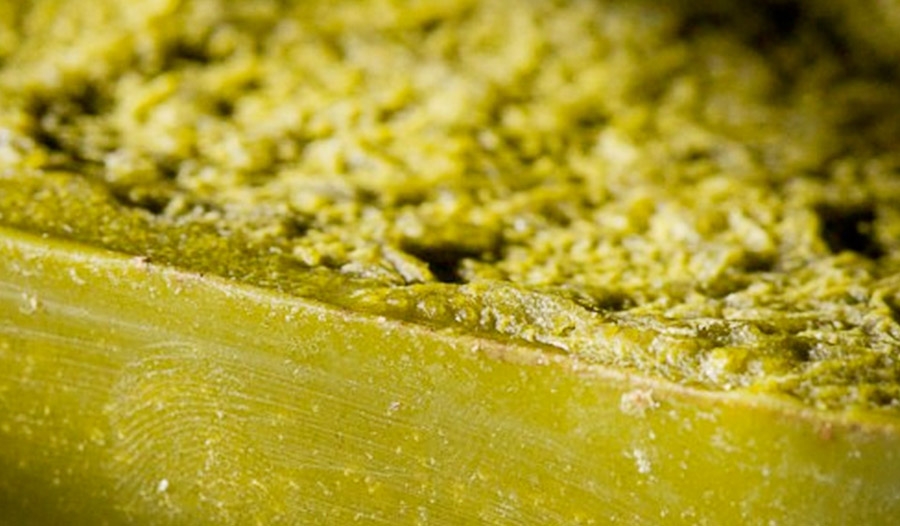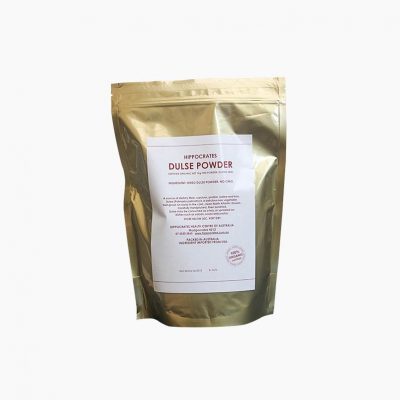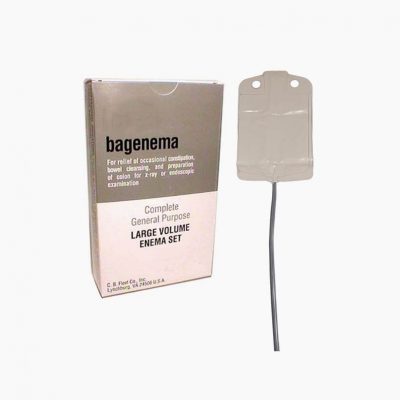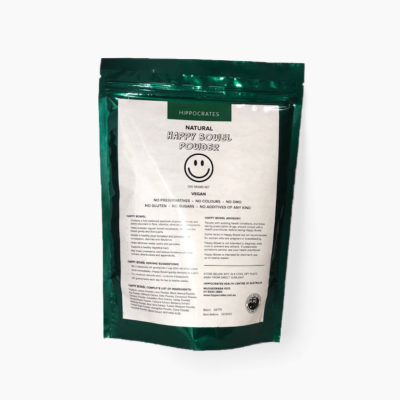Coconut oil is a vegan “super food.” It is beneficial used orally or topically, and can even be used as a daily detox. Coconut oil is comprised of 90% saturated fat. This oil provides the body with a readily available source of healthful energy.
In fact, this high fat content is the key when using coconut oil to infuse edibles, topicals, and more. Tetrahydrocannabinol (THC) is a fat-soluble molecule and must bind to fat in order to be absorbed into the oil. So, the more fat, the more room for cannabinoids overall. When compared to other butters and oils, infused coconut oil offers you the biggest bang for your buck for potency and nutrition.
Coconut oil has anti-bacterial properties and is in the diets of the most heart-healthy populations in the world. As a ketogenic food, it can directly decrease seizures in epileptic children and has shown signs of helping with symptom management for Alzheimer’s patients.
When you consider the natural benefits of coconut oil, cooking cannabis into it only increases the medicinal advantages. Cannabis, also, has demonstrated a wonderful ability to reduce seizure occurrences in epileptic children, and it has helped those with Alzheimer’s.
First, you will want to choose your preferred type of coconut oil. For purity and flavor, we recommend Pure Hippocrates Coconut Oil.
Your next choice will be determining what strain(s) of cannabis you plan to cook into your oil. Do you want an Indica, Sativa, or Hybrid strain? Of course, you need to know how different strains affect you.
NEVER use cannabis if you don’t trust the source, or if it hasn’t been lab-tested for safety. It’s important that you not ingest impurities such as mold, insects, or pesticides.
Deciding how much cannabis to cook in your oil depends on how much and what strength oil you would like to make. Consider how much oil will be needed in your recipe and how strong you want each bite or serving to be. This will require some math on your part.
We suggest that any first-time cook would want to add, at minimum, 100 grams of high quality flower (15%+ THC) into two cups liquid oil. Keep in mind this will create low doses – you want to make sure you are giving yourself a dose with which you’ll feel the effects of your coconut oil, but won’t be incapacitated by.
Once you have warmed your liquid coconut oil, add your ground plant matter.
The goal is to keep the oil just below a simmer, with regular stirring to prevent any burning at the bottom of the pan.
It is vital to remember that THC activates as low as 160F, and it deteriorates above 350F, which is also the smoking point of coconut oil. Once the THC begins deteriorating, the effects are less noticeable, and you are receiving less benefit.
After about an hour, the oil will turn green. It is now done. Let it sit longer if you have time.
When you are ready to jar the oil, prepare a large widemouth jar with secure cheesecloth around the lid – a tight rubber band will do the trick. Then pour the green oil slowly into the jar. Be sure to leave enough room for the cheesecloth to hold all the plant material, yet not so deep into the jar that the liquid will rise to reach the base of the cheesecloth.
Once the oil is cooled, squeeze the ball of cheesecloth-wrapped plant matter to get the last few drops of infused coconut oil. Cap the jar and label it so that you don’t forget how potent the oil is. Coconut oil is stable at room temperature or in the fridge. Discard the plant matter.
You now have available medicated lotion, cooking/salad oil, or spread for foods – the possibilities are endless.





